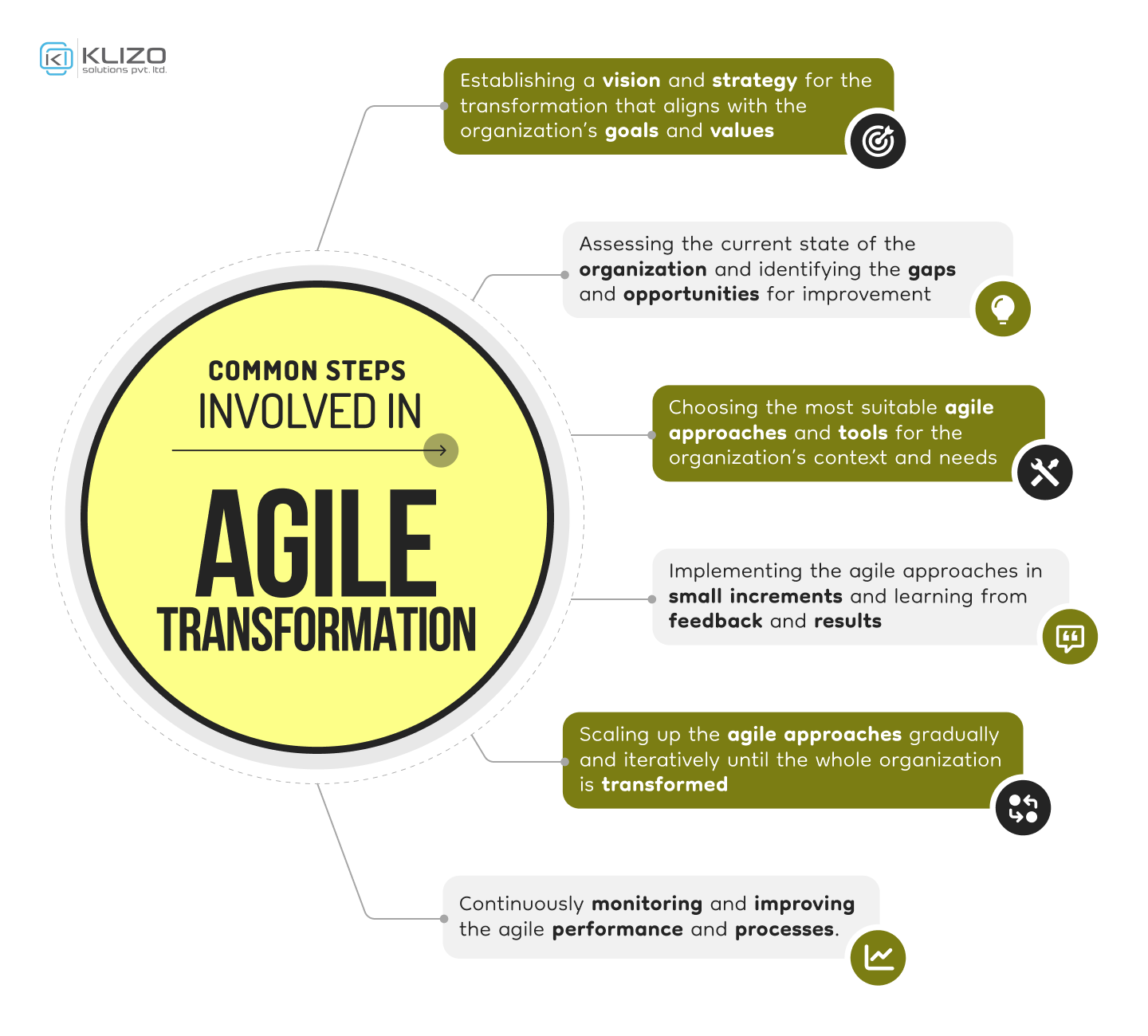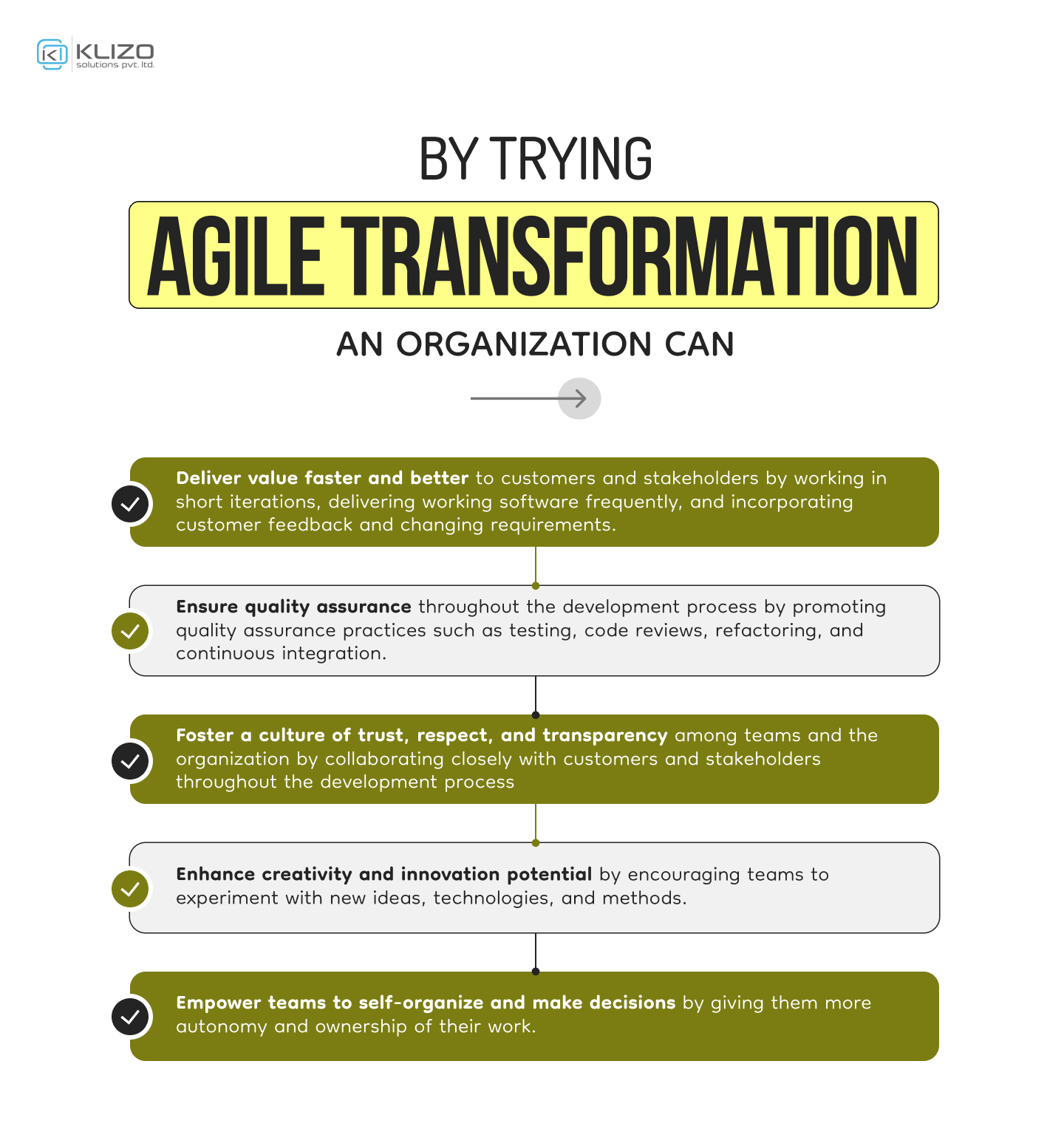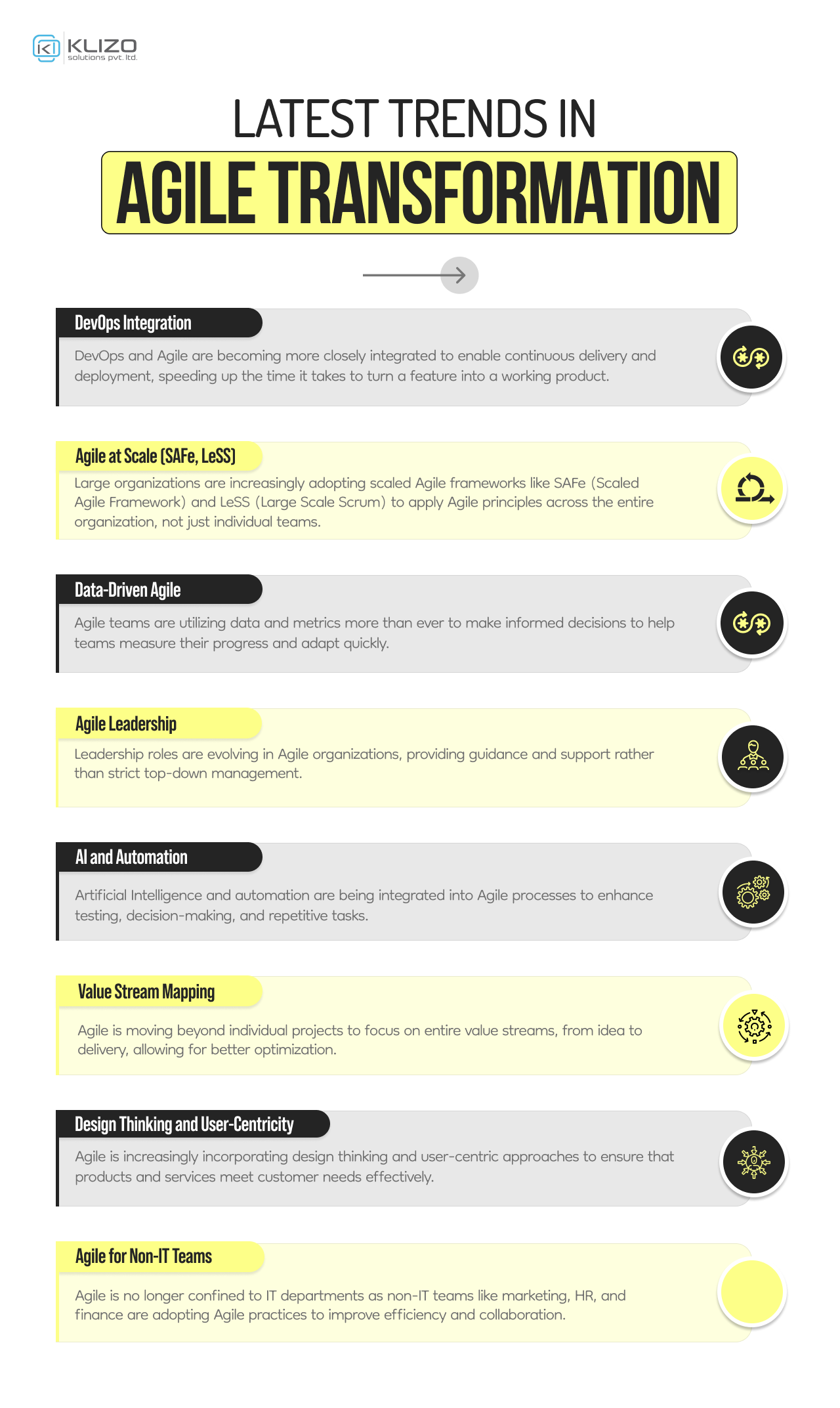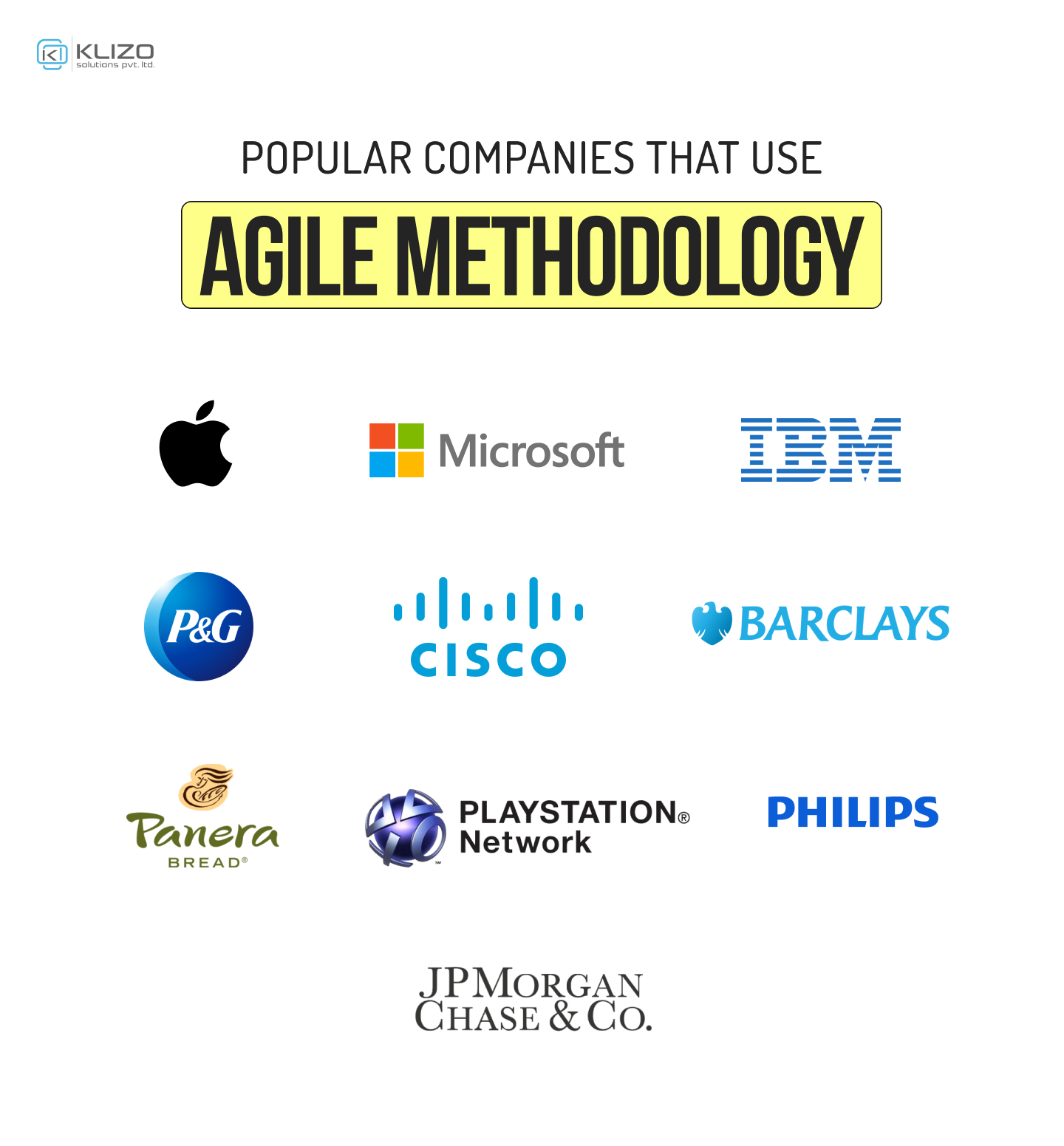


Ahoy there, Agile adventurers!!
You’ve successfully navigated the first leg of our journey through the Agile seas, learning about Agile meaning, Agile digital transformation, and the many benefits Agile transformations offer organizations.
(Those who haven’t read the Part I, Click Here)
But our expedition is far from over!
Part II is where the real treasures lie, as we dive deeper into the intricacies of the crucial steps of implementing Agile Digital Transformation and unveil what makes us the ideal agile organization for your software development needs.
Get ready to set your course for deeper waters as we sail into the heart of navigating our journey to the successful implementation of agile digital transformation.
An agile adoption roadmap is nothing but a plan that guides an organization through transitioning to agile principles and practices. It helps the organization to understand the benefits, challenges, and steps of agile transformation.
Here are some crucial steps from our Agile adoption roadmap:
Step 1: Analyze the current state of your development process: Identify the strengths, weaknesses, opportunities, and threats of your current approach. This step involves assessing an organization’s level of agility, maturity, and readiness.
Step 2: Set achievable milestones and goals for the transformation: Define the scope, scale, and pace of the shift. Establish the desired outcomes, metrics, and indicators of success. This step involves prioritizing the most critical and valuable areas for improvement.
Step 3: Choose the most suitable agile methodologies and frameworks for your organization’s context and needs: There are various agile methodologies and frameworks, such as Scrum (implemented by 66% of agile users), Kanban, XP, Lean, etc. Each one has its advantages and disadvantages. So, select the ones that best fit your organization’s culture, goals, and challenges
Step 4: Implement the agile approach in small increments: Agile digital transformation doesn’t happen overnight. It takes time to implement its principles and methodologies successfully. So, start with a pilot project or a small team that can test and validate the agile approach. Learn from the feedback and results and make adjustments as needed. Scale up gradually and iteratively until the whole organization is transformed.
Step 5: Continuously monitor and improve the agile performance and processes: Agile digital transformation is not a one-time event or a linear process. It is a continuous journey that requires constant evaluation and adaptation. So keep on collecting data, measuring progress, identifying issues, and implementing improvements regularly.

Agile digital transformation means changing the organization’s culture, structure, and practices to embrace the agile principles of customer focus, collaboration, flexibility, and quality. So when an organization finds itself facing specific challenges or opportunities that the agile methodology can effectively address, it must try agile digital transformation.
Let’s get a bit deeper into when and why an organization should embark on an enterprise agile transformation journey:
E.g. In the tech sector, Agile development is instrumental in delivering products that keep pace with technological advancements.
By involving customers in the feedback loop, organizations can ensure that their products or services align closely with market needs.
E.g. Software companies benefit from the customer-centric approach of agile transformation by delivering features that users truly value.

This collaborative environment encourages the exchange of ideas, reduces communication bottlenecks, and leads to more innovative solutions.
Frequent testing, continuous integration, and a focus on customer satisfaction all contribute to improved quality. For instance, healthcare providers adopting agile methodologies can streamline patient care processes, resulting in higher-quality care and patient satisfaction.
Evidence Of Project Failures: If an organization has a history of project failures, delays, or budget overruns, Agile may be a remedy. Agile practices, such as iterative planning, continuous feedback, and adaptability, can help prevent these issues.
Organizations should consider Agile digital transformation when they face challenges or opportunities related to market dynamics, customer-centricity, complexity, speed, collaboration, quality improvement, employee engagement, or project failures. Embracing Agile can enable them to navigate these situations successfully and thrive in today’s dynamic business environment.
However, trying agile transformation is not a one-size-fits-all solution or a quick fix. It requires a strong commitment, leadership, communication, and collaboration from all stakeholders, along with a willingness to learn, adapt, and improve continuously.

Agile is a popular and super-effective software-building methodology. And we, Klizo Solutions, have embraced agile transformation as a critical component of our software development and management process.
We follow all the steps of agile digital transformation and apply the agile principles and practices to our software development projects.
Here are some key factors that set us apart in the industry and make us a successful agile company.

So you see, by embracing agile transformation, we have turned into a customer-centric, quality-oriented, collaborative, innovative, and adaptable software development company that can deliver the best software products to clients.
Our success as an Agile company can be attributed to our deep Agile expertise, customer-centric approach, cross-functional teams, commitment to continuous learning, focus on quality, effective communication, proactive problem-solving, and a solid track record of delivering successful projects using adaptable practices.
The way we have embraced and implemented all the key factors and steps of agile digital transformation makes us a trusted partner for organizations seeking Agile software development solutions.
So, next time you think of partnering with an agile software development company, connect with us without wasting any more time looking for one!
Joey Ricard
Klizo Solutions was founded by Joseph Ricard, a serial entrepreneur from America who has spent over ten years working in India, developing innovative tech solutions, building good teams, and admirable processes. And today, he has a team of over 50 super-talented people with him and various high-level technologies developed in multiple frameworks to his credit.

Subscribe to our newsletter to get the latest tech updates.